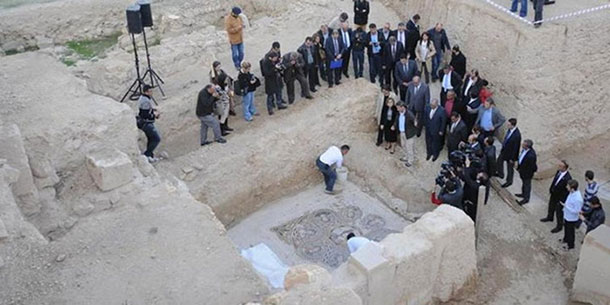A team of archeologists led by Kutalmış Görkay recently uncovered three ancient Greek mosaics in the Turkish city of Zeugma near the Syrian border. The remarkably intact glass mosaics date back to the 2nd century BC.
Take a closer look at this fascinating find.
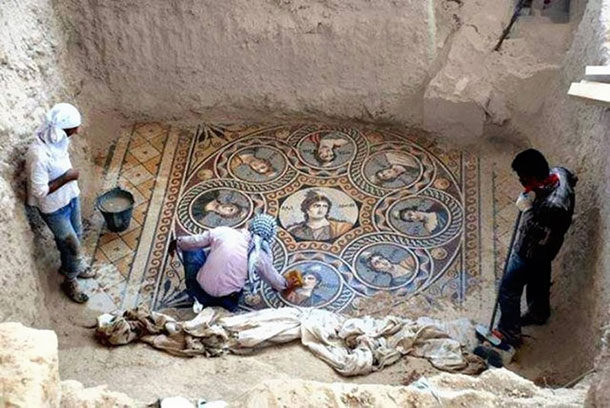
This stunning ancient Greek art hasn’t been seen in thousands of years.
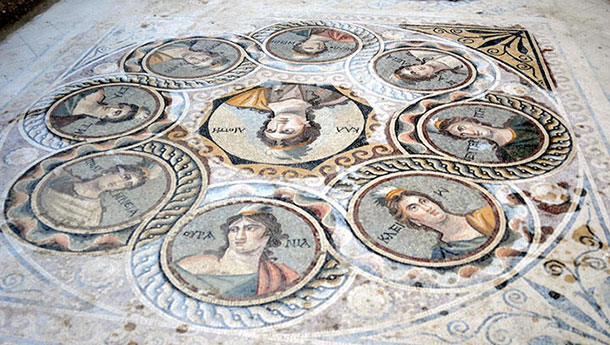
Elaborately rich mosaics with characters from ancient Greek mythology
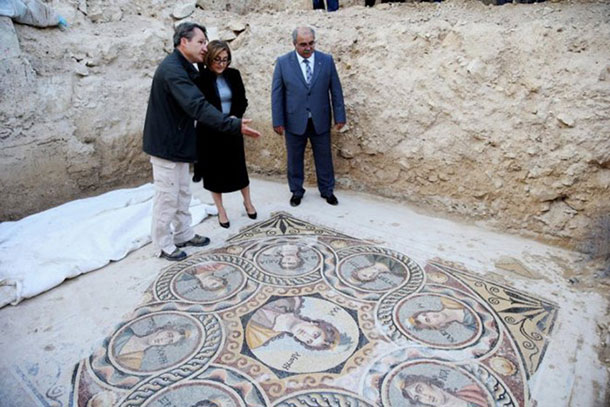
“They were a product of the patron’s imagination. It wasn’t like simply choosing from a catalog,” Kutalmış Görkay said.
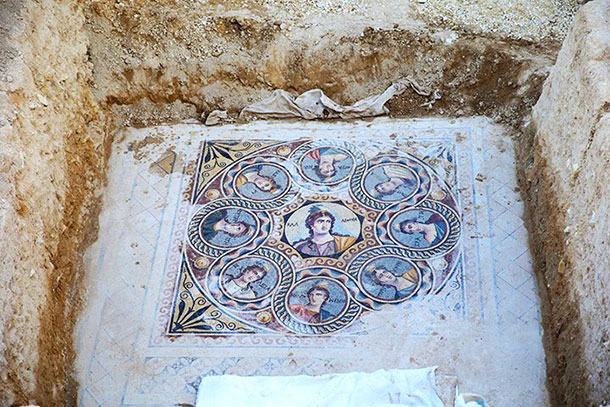
Fearing that these ancient treasures would be lost forever, the archaeological community rushed to excavate, protect and conserve these wonderful relics of the past.


The Greeks first named this city “Seleucia” in Turkey when they founded it in the 3rd century BC.
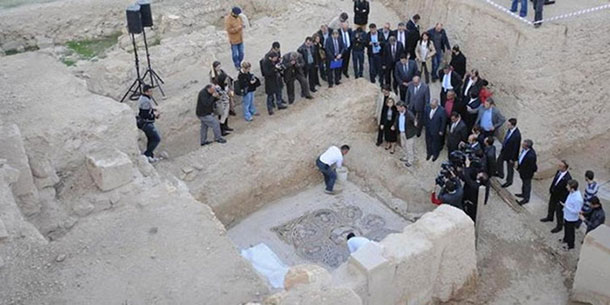
When the Romans conquered the city in 64 BC, they changed its name to Zeugma, which means “bridge” or “crossing” in ancient Greek.
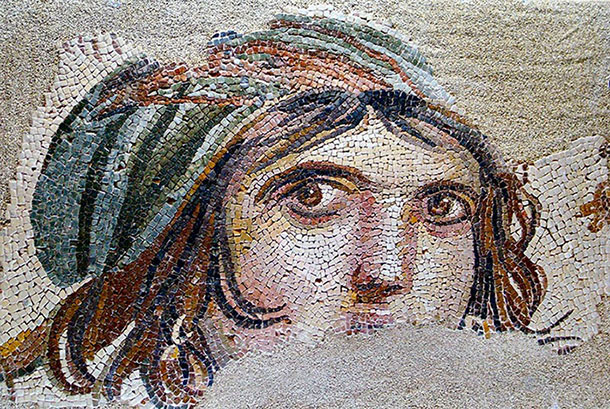
The Romans held Zeugma until 253 AD when the Persians took the city.
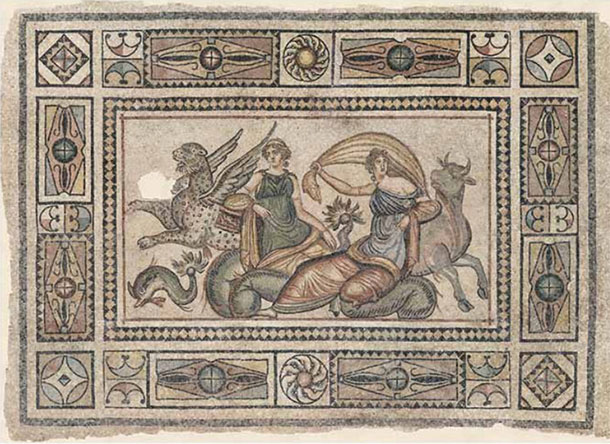
The images below are Oceanus, the divine personification of the sea, and Tethys, the embodiment of the waters of the world.
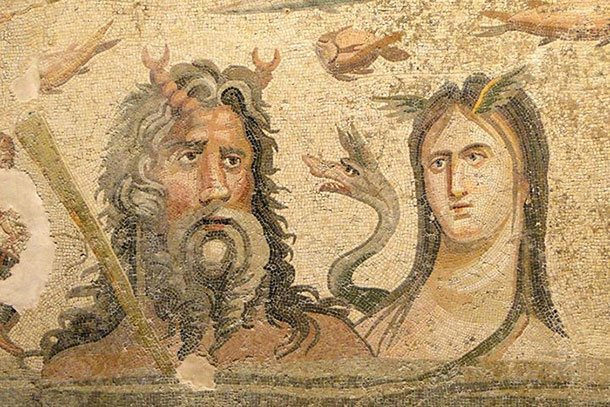
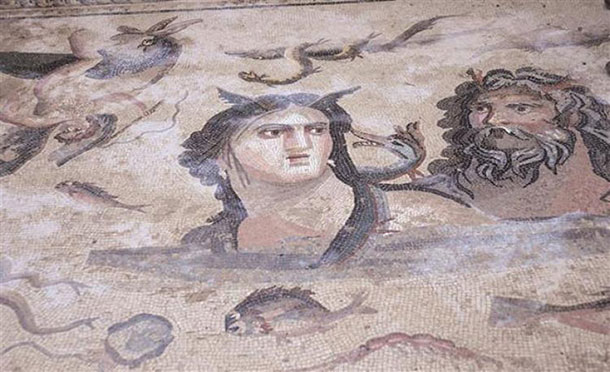
Thalia, the Muse of comedy and idyllic poetry

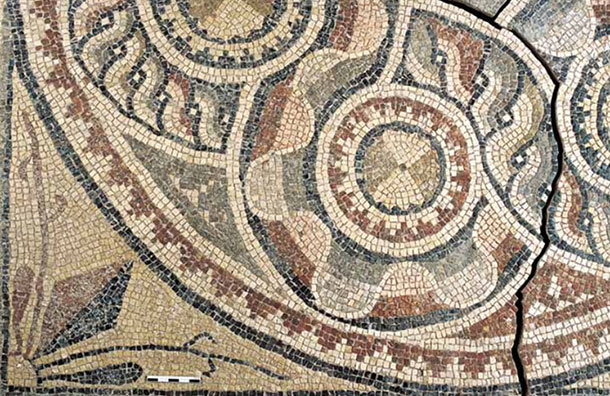
Poseidon, the god of the sea, on his war chariot

An aerial view of the excavation
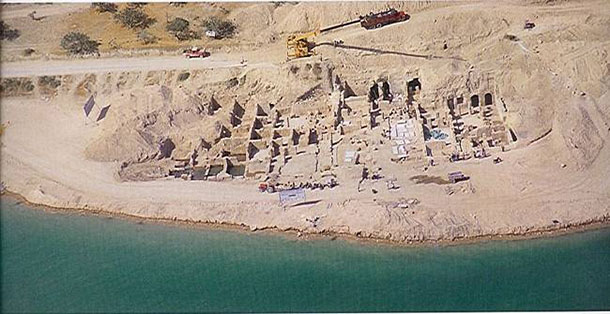
For more information on the excavations, watch this video:
Credits: zeugma.packhum.org | archaeology.org | Video credit: CCARoma

